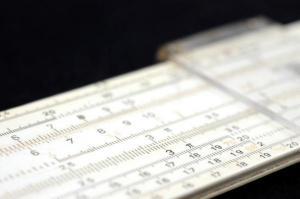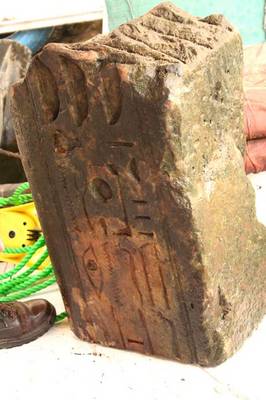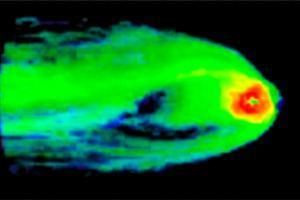The ability to map numbers onto a line, a foundation of all mathematics, is universal, says a study published May 30 in the journal
Science, but the form of this universal mapping is not linear but logarithmic. The findings illuminate both the nature and the limits of the human predisposition to measurement, a foundation for science, engineering, and much of our modern culture.

|
| ©iStockphoto/Anthony Hall
|
| Munduruku people spontaneously placed numbers on a line in a compressed, logarithmic function, such that smaller numbers appeared at greater spatial intervals (as they do on slide rules).
|

